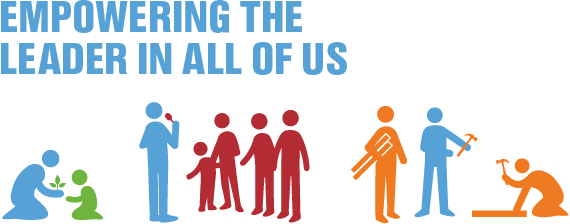Three myths about developing talent in the public service:
Myth #1: The types of public service leaders we need today are
the same types we’ll need tomorrow.
Reality: The increasingly dynamic and complex
environment in government requires public sector leaders to navigate challenges
while under constant pressure and scrutiny. Understanding change management at
both personal and organization levels, relationship- and network- building, and
how to best employ information and technology—these are all key for tomorrow’s leaders
to lead effectively. While governments
have taken some steps toward developing these skills, there is much work to do
to meet tomorrow’s challenges.
Myth
#2: Focus on top-talent leadership development programs will
suffice.
Reality: To be effective, leadership
development should span all employee categories, creating a shared culture of leadership
to tackle complex issues. Distributed leadership is also a must to attract and
ready the next generation of leaders (University of Oxford, 2013).
Myth #3: Talent development starts when an employee is first
hired.
Reality: Governments must start working
more strategically and comprehensively with primary, secondary and
post-secondary institutions to address the leadership needs of tomorrow, closing
critical competency gaps and institutionalizing leadership in the curriculum.
Three things to know about talent development in the public service:
Tomorrow’s public service
leadership will:
1. Nurture
talent—To attract and retain talent, governments
must proactively address talent retention and leadership building through broad,
cross-organizational experiences and learning opportunities. Incorporating
employee priorities into organizational culture and educating managers on tools
are imperative, as are strategically measuring and addressing employee satisfaction
on an ongoing basis.
2. Build relationships—To
perform effectively in an increasingly interconnected world, leaders will be
bridge-builders—developing strong working relationships and connections at all
levels between governments, businesses, not-for-profit sectors, and the public—to
address differences and achieve results collaboratively.
3. Adapt—Leading
people and leading change requires leaders to be adaptable. Cherishing
diversity of opinion in their networks, leaders stay flexible and bring motivational
and strategic insights to deal with uncertainty and inspire others for
collaborative action.
To learn more about what the public
service and educational systems are doing to develop tomorrow’s leaders, visit
the Café
Pracademique website.
Neetu
Sharma is a graduate student with the University of Alberta School of Business.
Her research interests include cross-sector collaborations and educational
issues. More specifically, her work examines the potential of partnerships
spanning the government, private and not-for-profit sectors as well as the role
of education and mentorship in leadership development.


Nice blog! This is useful for those who is looking for the Best Daycare in Calgary. Keep Sharing such information blog.
ReplyDelete